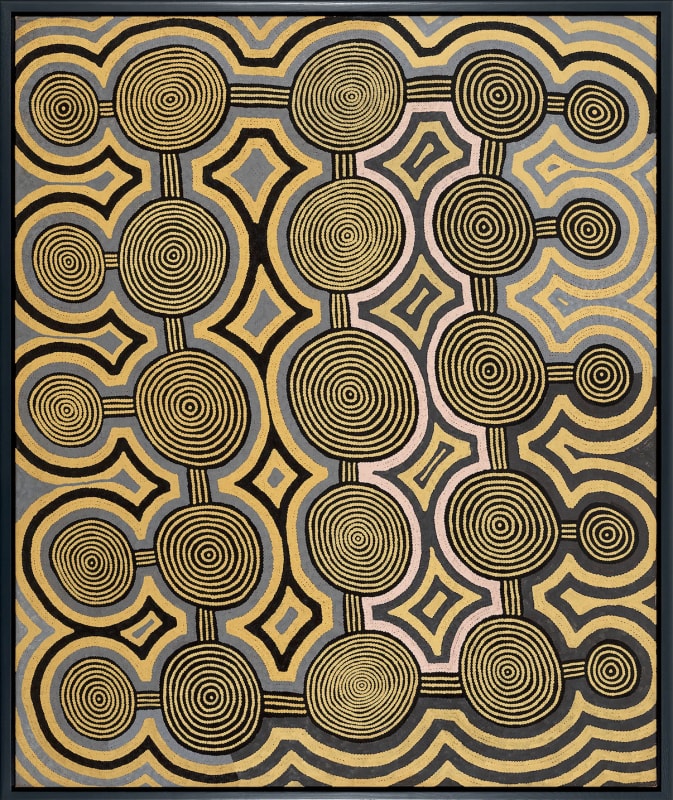What Australia’s Aboriginal artists and filmmakers are teaching Americans in two radiant shows.
The New York Times article “Indigenous Art on Its Own Terms” (2019) explores how American museums are only beginning to fully engage with Indigenous art, while Australia has long grappled with questions of its contemporaneity. Two major New York shows are highlighted: “Desert Painters of Australia” at Gagosian—featuring works by Pintupi and Anmatyerre artists such as Emily Kame Kngwarreye and Warlimpirrnga Tjapaltjarri, with many pieces lent by actor Steve Martin and Anne Stringfield—and a presentation at MoMA PS1 by the Karrabing Film Collective from the Belyuen community. The article stresses that these artists, often working from remote Northern Territory communities, translate ancient traditions into new mediums, balancing cultural secrecy with global visibility. Their paintings, rooted in Dreamtime stories, resist being read solely as Western abstraction, instead offering a layered interplay of cultural, aesthetic, and financial value. Meanwhile, the Karrabing Collective’s films, blending fiction, documentary, and Dreaming narratives, confront the ongoing realities of Indigenous life. Together, these exhibitions challenge Western institutions to move beyond pigeonholing First Nations art as an exception or critique, and instead embrace it as contemporary art on its own terms.
By Jason Farago
